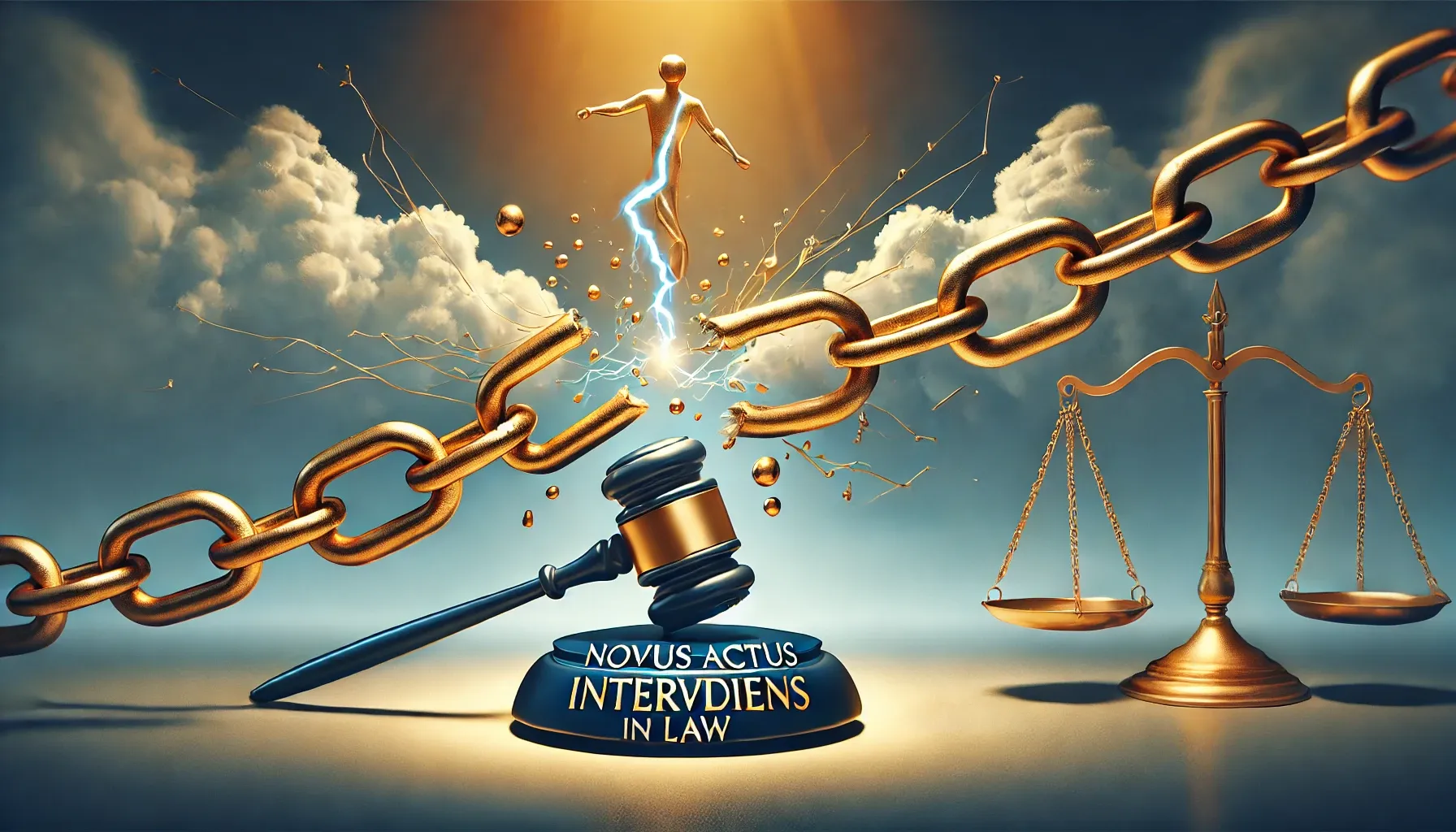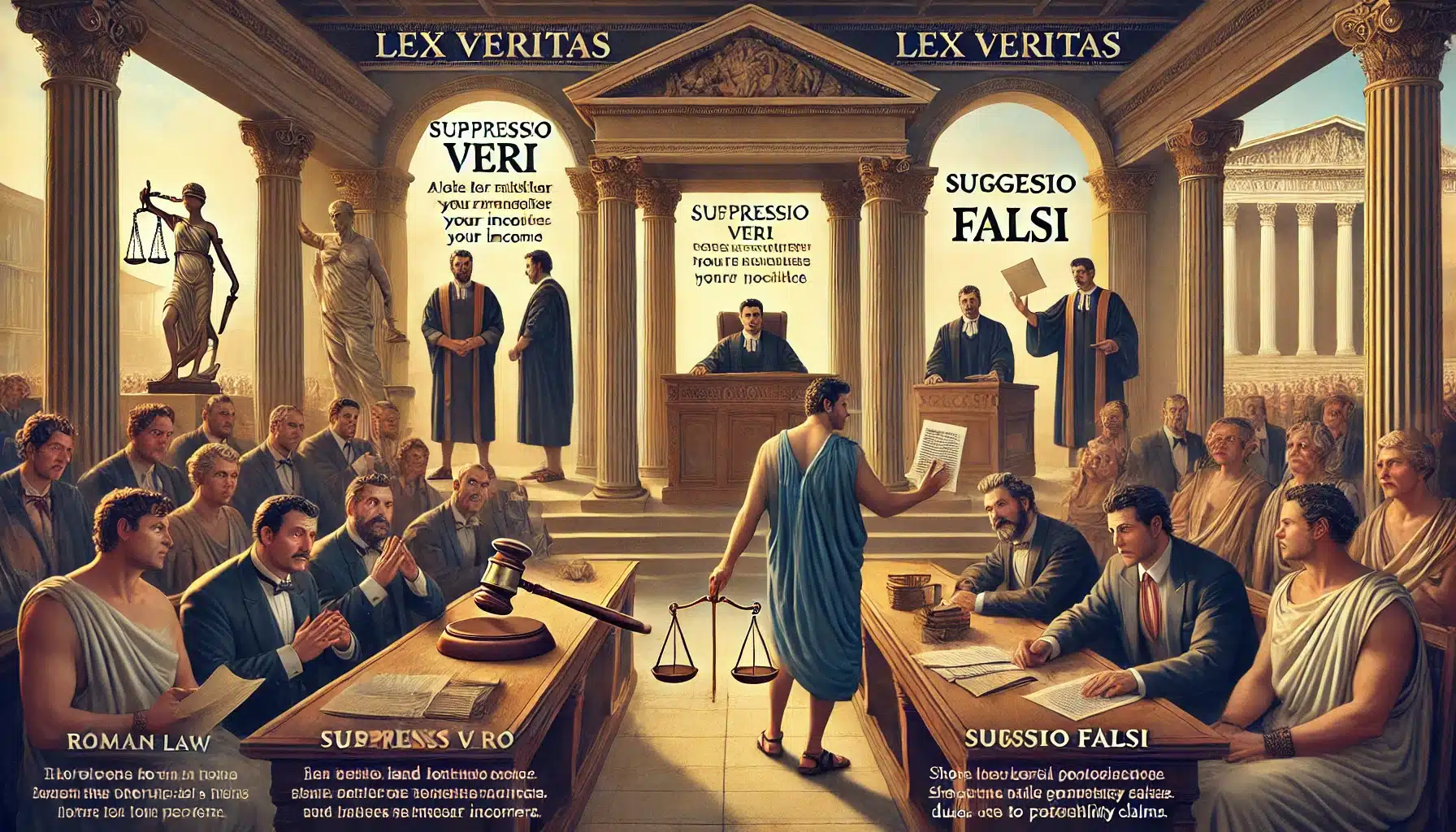Volenti non fit injuria is a latin maxim which means “to a willing person, it’s not a wrong”. It implies that if someone willingly puts themselves in a position where harm might occur, they cannot later sue for any resulting damages. This doctrine is often used as a defence in personal injury cases

AI assistant for case prep and filings
Meaning
This maxim has a Latin origin and translates to “to a willing person, it’s not a wrong”. It’s a common law doctrine that is observed in practice in law of torts as a general defence. It implies that an individual cannot complain of harm which he has exposed upon himself with knowledge and a free will. For instance, when an individual participates in an activity of paragliding, he provides his conformity towards the risks involved in that act and cannot thereafter sue for damages/ harm upon occurrence. Consent to waive a right can be either expressed or implied. For the defence to be valid, the defendants must demonstrate that the plaintiff was fully informed about the risk and its magnitude. Simply knowing about the risk is insufficient; the plaintiff must also consent to endure the potential harm.
Essentials
There are certain elements that need to be established when obtaining a defence under the doctrine of volenti non fit injuria:
1. Consent towards risk: Consent is the most important element; it implies that the claimant must have given a free consent to the risk of harm in observance of the act concerned due to which the harm was caused. This factor produces that the individual (claimant) has willingly and knowingly taken upon the impact and establishes fairness by balancing responsibility and preventing other individuals (defendant) from being held liable and thus hindering unjust claims of compensation. However only a free consent would be valid and that obtained through fraud, misrepresentation or any other malicious act would amount to intentional infliction of harm and the principle of Volenti Non Fit Injuria will cease to take effect.
In the case of Hall v. Brooklands Auto Racing Club[1], the plaintiff was at a motor racing event, where an accident took place when two cars collided, one of the cars crashed into the spectator’s area and caused injuries to the plaintiff. The plaintiff held the racing club liable for the injuries but the court decided on the application of Volenti Non Fit Injuria and made its judgment holding the plaintiff liable as by attending the event he voluntarily accepted the risks and was deemed to have given consent for the same.
2. Knowledge of risk: The claimant must possess full knowledge of the nature and extent of the risk. The presence of this element further induces that the claimant undertook the act after due assessment of the probability of the harm, its nature and was not exposed to it suddenly without prior information. The above two elements must exist simultaneously. Having mere knowledge is only a partial fulfillment of conditions.
In the case of Smith v. Baker & sons[2], the plaintiff worked at a construction site owned by the defendant. He was hurt due to falling rocks through the overhead crane and claimed damages. It was established that the defendant was liable as mere knowledge of the crane does not amount to a consent towards probable risk.
Similarly in the case of Lakshmanan v. Valliammal[3], the plaintiff attended a religious festival which included a fire walking ceremony, while the same was being conducted the plaintiff caught fire and suffered injuries and held the organizer liable. The court reinforced the principle of volenti and reasoned that the plaintiff willingly assumed the risk by being present there.
3. Voluntary assumption: The claimant must have voluntarily assumed the risk which essentially means that they had a genuine choice in matter and opted to continue after weighing alternate choices.
This could be understood through Morris v Murray[4] in which the claimant and defendant were drinking together, further the claimant agreed to fly with the latter and the plane crashed. It was later developed that the defendant was not liable for the damages as the claimant knew of the intoxication and thereupon voluntarily assumed the risk to fly given the condition.
In the case of Padmavati v. Dugganaika[5], the plaintiff was traveling with the defendant in his jeep as a gratuitous passenger, when suddenly the vehicle got in an accident and the plaintiff sustained injuries and sought compensation from the defendant for the same. The court released the defendant from liability and highlighted the application of the VNFI doctrine in situations where individuals voluntarily accept risks associated with their actions.
When the defendant claims the exemption from liability under this doctrine the burden of proof that is the responsibility of furnishing that all the essentials are constituted lies on the defendant himself against the claimant.
Exceptions
Given the brief above, there are certain limitations to this doctrine as well which are as follows:
1. Capacity to contract: If the claimant lacks the capacity to contract; is a minor, heavily intoxicated or of unsound mind the ability to anticipate the risk and its nature is likely to be affected and hence the existence of such a factor works as an exception.
2. Illegal acts: Consent to an act that lies in opposition to the law prevailing does not rule out the liability and this principle is hence inapplicable.
3. Rescue case: This doctrine takes a back seat when acting out of duty and necessity in rescue cases as the individual is said to undertake the act out of necessity rather than voluntary assumption, and hence the rescuer holds the right to claim remedy. In the case of Haynes v. Harwood[6], the defendant owned a horse drawn cab, which he left unattended due to which the horse bolted and caused a commotion in the street. The plaintiff intervened to prevent further damages and suffered injuries while attempting the same. Court held the defendant liable for the injuries.
4. Statutory Protection: Certain statutes may override the volenti Defence, especially in cases involving employees or consumers. For example, health and safety regulations mandate employer responsibilities regardless of employee consent.
5. Consent: If the consent of the claimant is not fully obtained or if obtained through fraud, deceit, misrepresentation then the doctrine of Volunti Non Fit Injuria will lose its force and such person responsible will be held liable for the act.
In Lakshmi Rajan v. Malar Hospital[7], a lady visited the hospital to get a fibroid removed from her body, while executing that procedure the surgeons removed her ovaries which was neither linked to the fibroid nor was such an act discussed with the patient beforehand. The patient held the doctors liable. The court suspended the defense of the latter sought under Volenti non fit injuria and laid emphasis on informed consent of the patient.
Also in the case of R v. Williams[8], the defendant was a music teacher who deceived his student (plaintiff) to believe that she would experience improvement in her voice if she agreed to have sexual intercourse, the court held Williams guilty of rape as the consent was obtained through deceit and was not free in nature thereby suspending the concept of Volunti Non Fit Injuria.
Conclusion
Volenti non fit injuria is a crucial doctrine in tort law as it lays an emphasis towards the burden of liability, it falls on the claimant rather than the defendant if the latter succeeds in establishing the essentials and discharges himself of the liability which then transfers to the claimant himself. Volenti Non Fit Injuria offers a limited defence in tort law. It shields defendants from liability when the plaintiff willingly accepts inherent risks. This upholds individual choice but requires the consent to be free. The defendant’s conduct also matters; outrageous behaviour can still incur liability. While still relevant, Volenti’s importance has diminished in some areas as contributory negligence offers a more proportional approach.
[1] (1932) 1 KB 205.
[2] (1891) AC 325.
[3] AIR 1991 Mad 310.
[4] [1990] 3 All ER 801.
[5] AIR 1975 Kant 204.
[6] [1936] 1 KB 146.
[7] AIR 1998 Mad 323.
[8] [1923] 1 KB 340.




